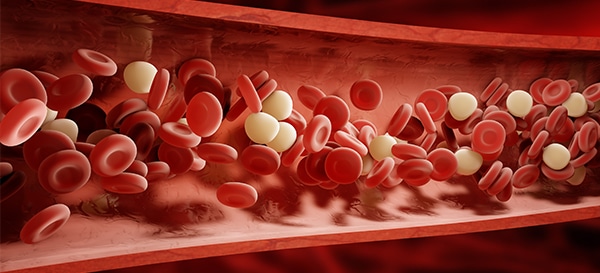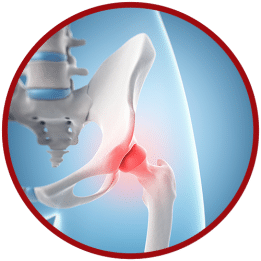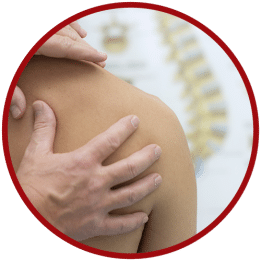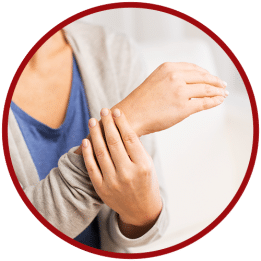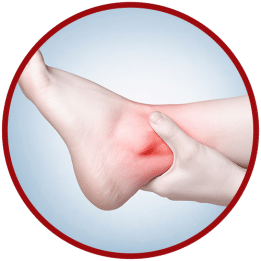Platelet Rich Plasma
Injection Therapy in Babylon, NY
Get Lasting Relief From Joint Pain
The Science of PRP Therapy
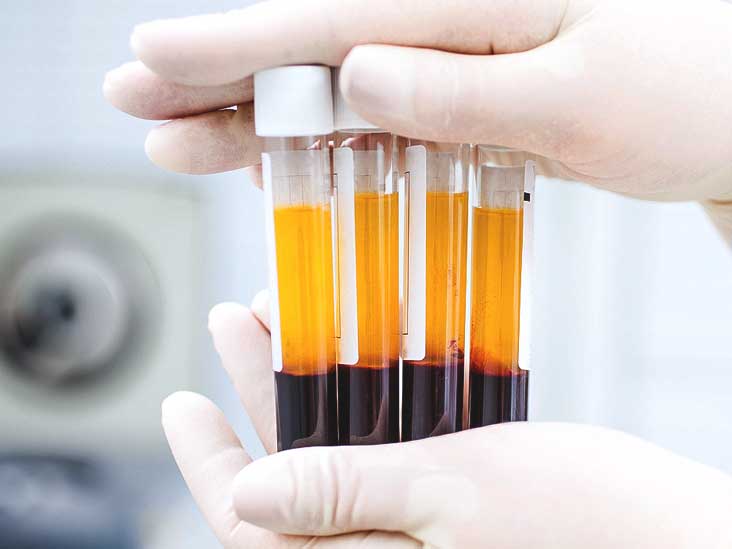
The human body is composed of 93 percent red blood cells, 6 percent white blood cells, and 1 percent platelets. Platelets are great for stopping blood loss through blood clotting, but they’re also used by the body to aid in healing injuries as well as regenerating new tissue.
Because the body’s initial reaction to an injury is to send platelets to the injured area, PRP can successfully stimulate repair by the release of growth factors as well as attracting stem cell to the site.
PRP injection therapy involves separating the platelets from the red blood cells through the use of a machine called a centrifuge. The entire process of drawing the blood from the patient and spinning it down into a concentrated Platelet Rich Plasma solution takes about thirty minutes.
We would be pleased to call you back to set up a complimentary consultation for you!
* We don’t share your personal info with anyone.
Meet Dr. Adler & Dr. Epstein

Ronit Adler, MD Regenerative Medicine Pain Management Specialist
Dr. Adler is a seasoned and extensively trained professional who has a vast amount of knowledge that pertains to both aesthetic medicine and pain management. Those subjects are two of her areas of interest. Dr. Adler is part of numerous prominent and widely recognized medical groups.
Some of these organizations are the New York State Medical Society, the American Medical Association, the Society for Pain Practice Management and the American Society of Interventional Pain Physicians.

Jeffrey Epstein, MD Certified Neurosurgeon & Pain Management Specialist
As a practicing Neurosurgeon and Pain Management Specialist for more than 30 years, I have significant experience in the treatment of spine disorders, and their treatment and complications. I currently specialize in the treatment of the spine, both surgically and medically. With extensive experience in pain management injection therapies, I have the knowledge as to what may benefit a particular problem, from both a surgical and non-surgical vantage point.
Latest News / Research Stay up to date with the latest PRP news and scientific research.

Are PRP Injections Effective For Healing Rotator Cuff Injuries?
Rotator cuff injuries can have a serious impact on your quality of life. Fortunately, there are therapies such as platelet-rich plasma injections that offer promising recovery results. Why is My Rotator Cuff Causing Pain? The…

Alternatives to Knee Replacement Surgery
Adults who stay active through much of their lives enjoy many health benefits, but also run the risk of overuse injuries, direct trauma, and degenerative diseases. One of the most common of these is osteoarthritis,…

How To Select The Right Doctor For PRP Injections
More doctors are opting to use PRP injection therapy in order to treat joint disorders. In fact, PRP injection therapy has been shown to be effective for treating joint disorders. If you have a hip,…
Frequently Asked Questions

